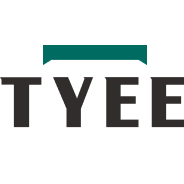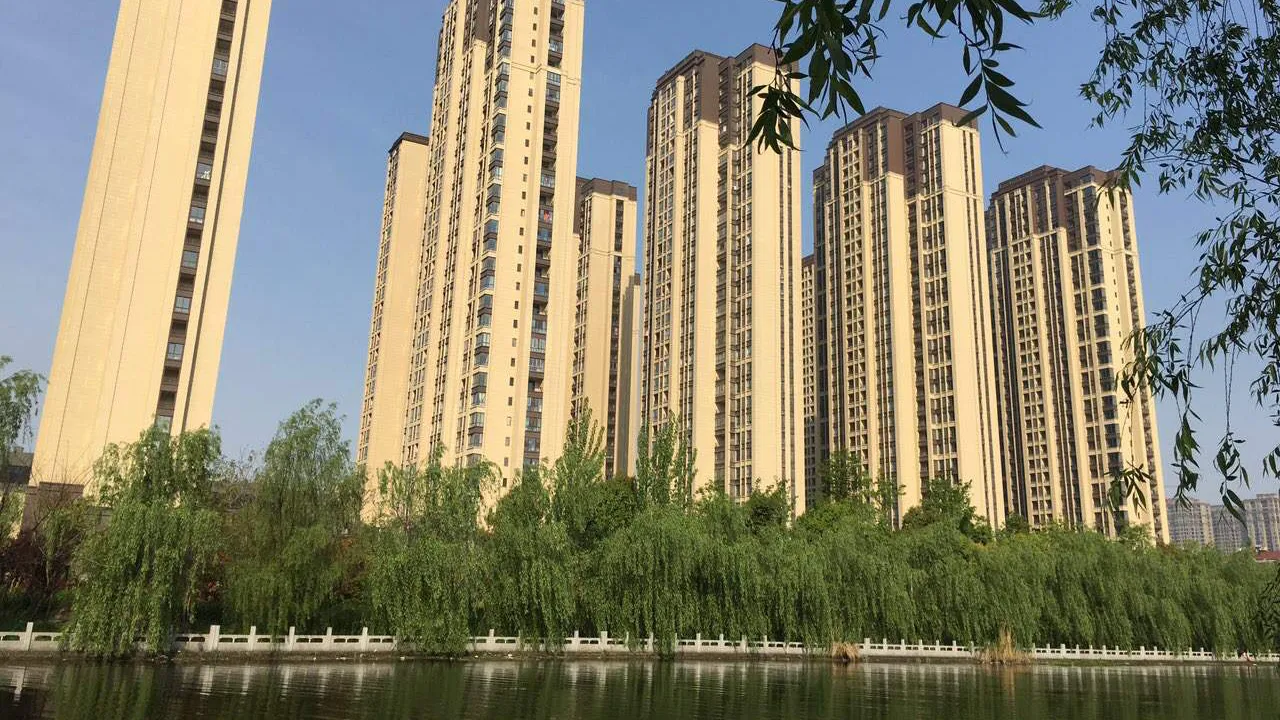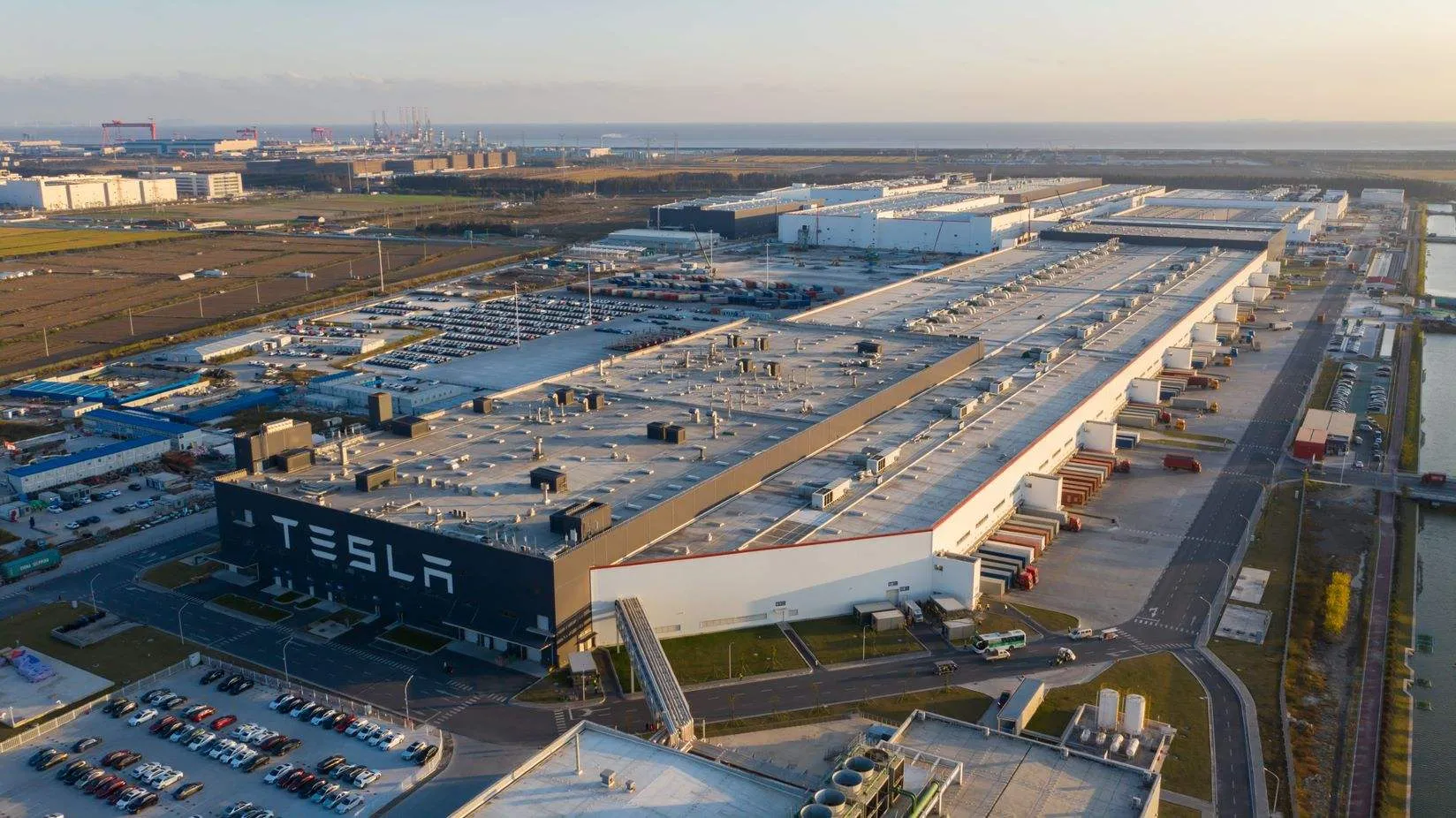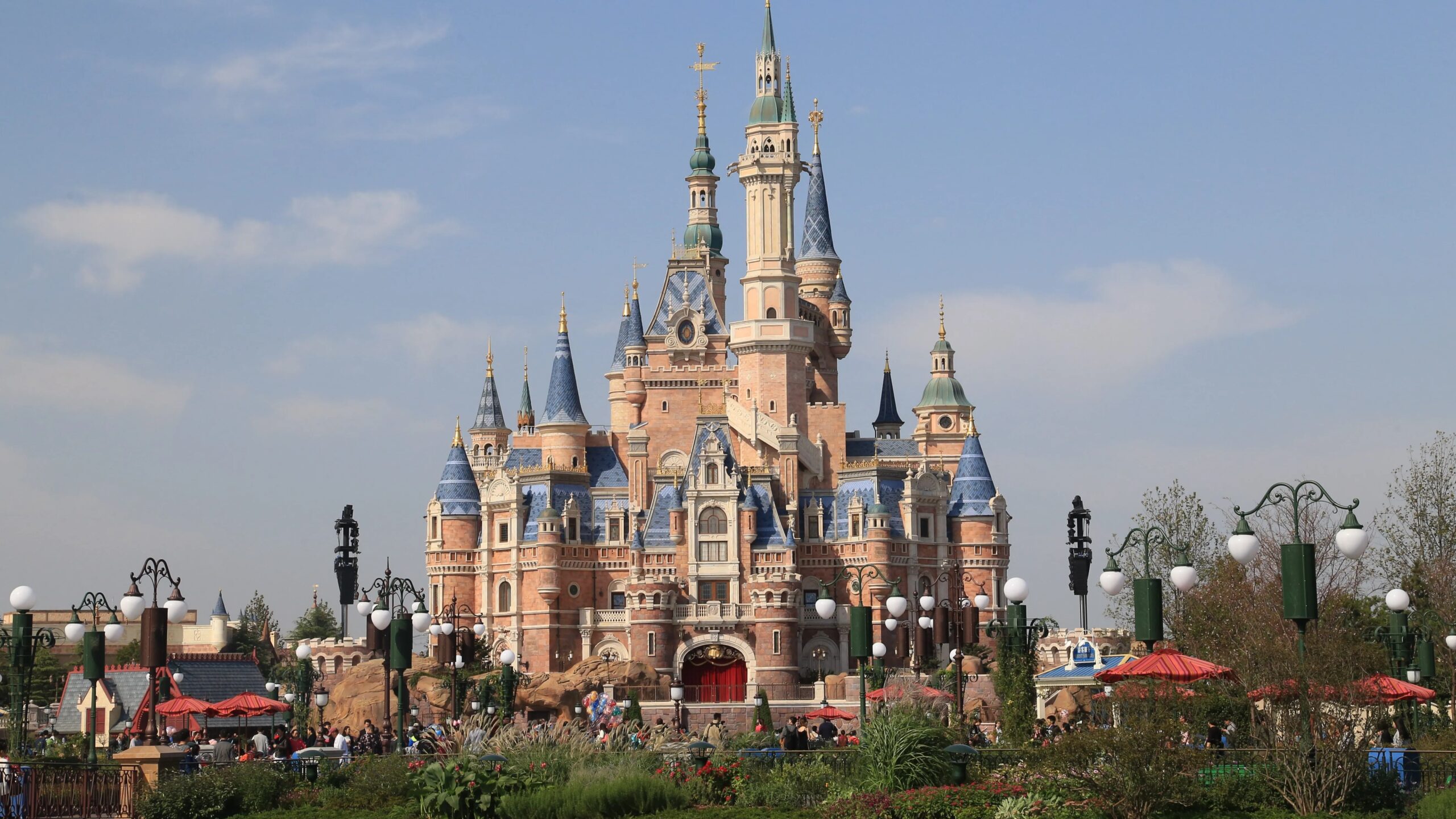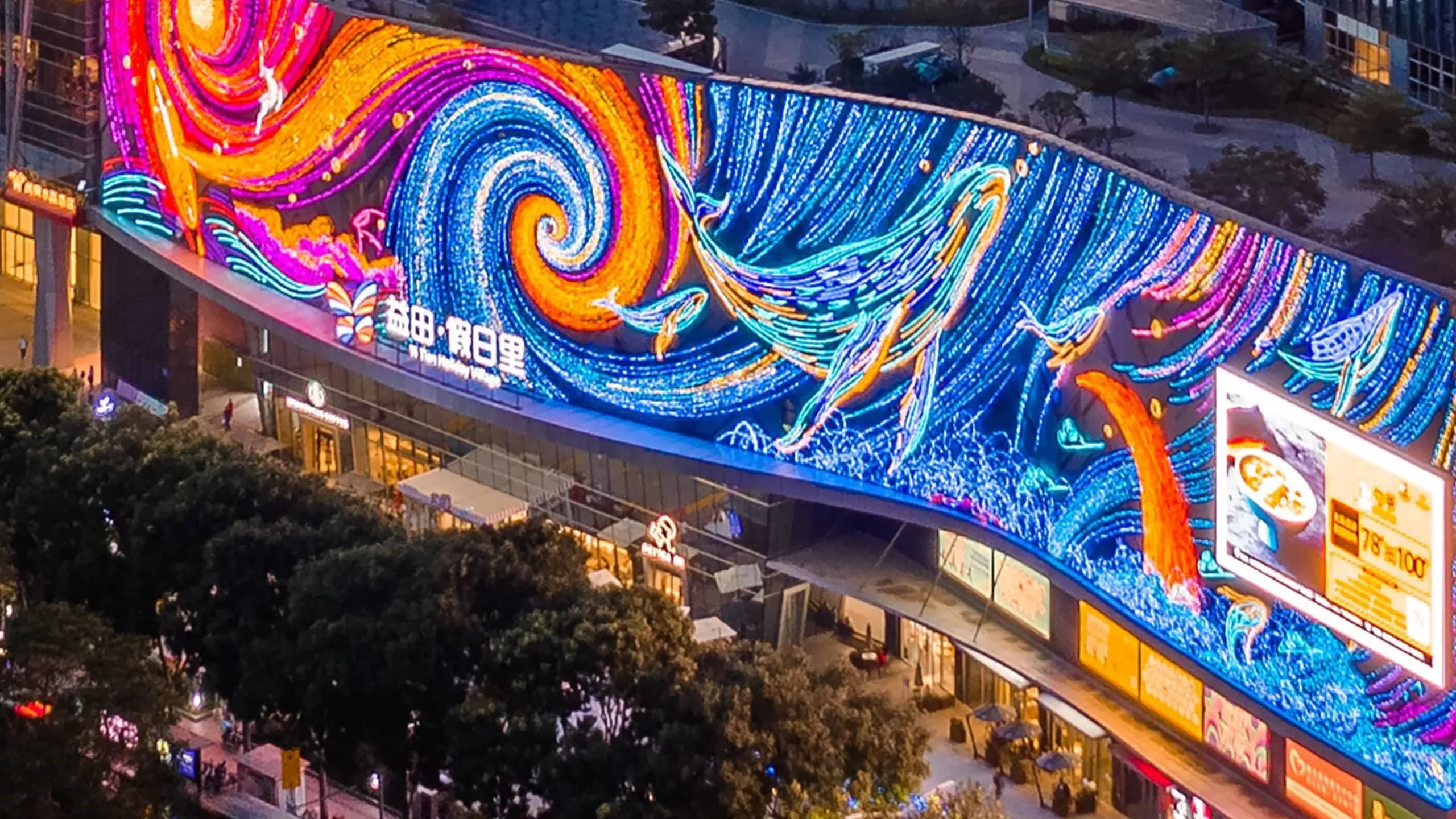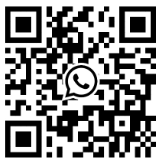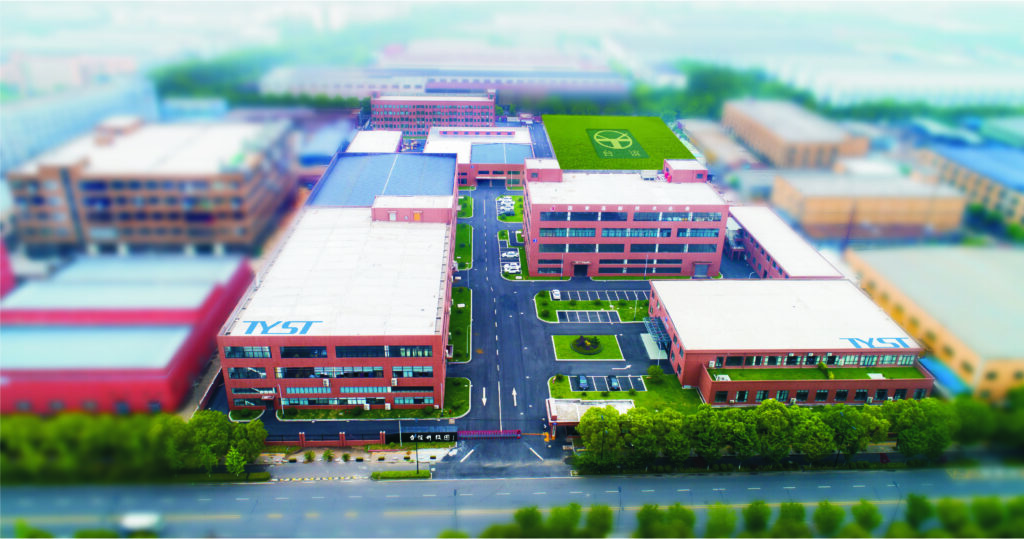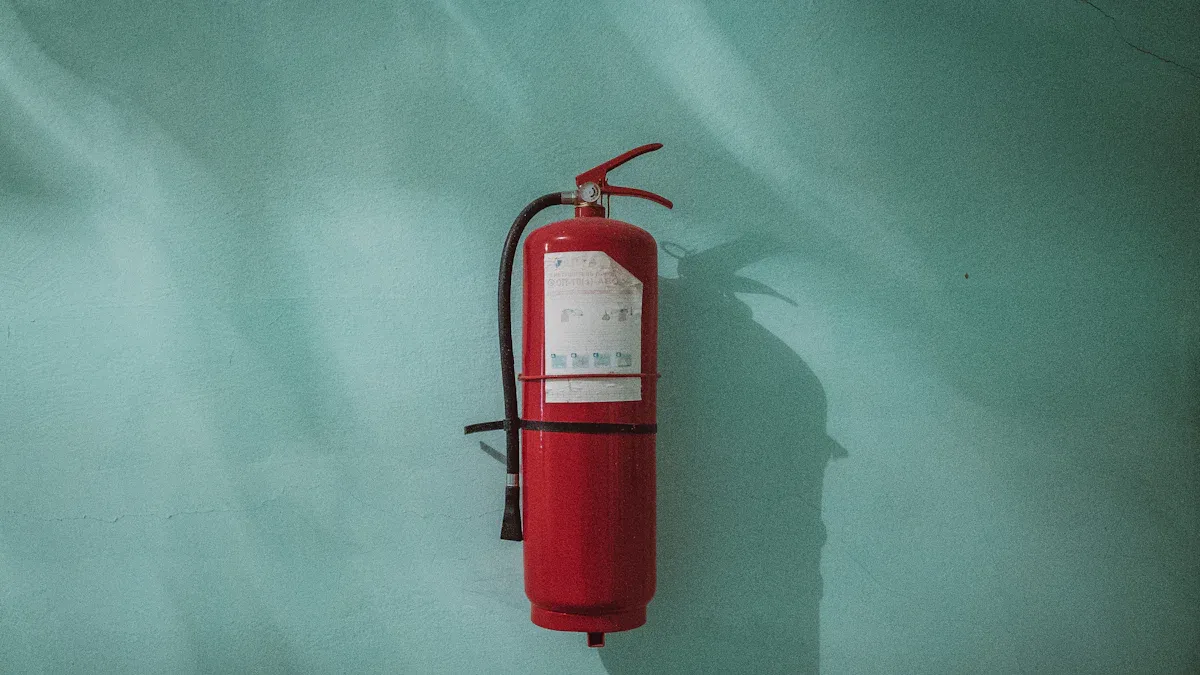
Upgrading fire safety in old buildings in Nigeria is very important. It helps keep people and property safe. In Kaduna city, most commercial buildings are over 30 years old. This shows that many buildings are now old. Old buildings have more fire dangers. Old wiring, bad building work, and poor materials can cause electrical faults. Electrical faults are the main reason fires start in old buildings. Fires can also start from cooking or being careless. Modern upgrades help keep people safe. They also help buildings follow safety rules. Upgrades protect people in homes and businesses.
Key Takeaways
Old buildings in Nigeria can catch fire easily. This is because they have old wiring and bad building materials. It is very important to make these buildings safer.
Begin fire safety upgrades by checking for fire risks. This helps you find dangers and make a good safety plan.
Always follow Nigerian fire safety codes. Keep records to show your building is safe and legal.
Make fire protection better with smart alarms and emergency lights. Make sure escape routes are easy to find. These steps can help save lives.
Check fire safety systems often. Practice fire drills and give training. This keeps systems working and people ready for emergencies.
Fire Safety Challenges in Older Buildings

Common Fire Risks
Living or working in old buildings can be risky. Old wiring and worn materials can start fires. Repairs done long ago may not be safe. In Nigeria, fires often begin on beds or sofas. Loose clothing can catch fire too. Cooking appliances left on can cause fires. Careless actions also lead to fires. In old commercial buildings, arson happens in stairwells or cellars. Most homes and businesses do not have smoke detectors. Many do not have fire blankets either. Without these, you may not notice a fire quickly.
Many old buildings have not been upgraded. Escape routes are often not marked. Fire drills almost never happen. If a fire starts, people may not know where to go. Industrial buildings and warehouses have the most fires. Single rooms have the most deaths and property loss. Poor fire suppression and missing equipment make things worse.
Outdated Fire Protection Systems
Old commercial buildings often have outdated fire safety systems. Some fire extinguishers do not work. Some alarms never make a sound. Studies show one-third of buildings have bad fire equipment. Many owners forget to check or replace these tools. When a fire happens, these systems might not work.
Repairs in old buildings often skip fire safety. Workers may block exits or use unsafe materials. These changes can make fire risks worse. Not following safety rules during upgrades is dangerous. Fire safety consultants can help you follow the law. They help keep everyone safe. You should think about fire safety every time you fix something in old buildings.
Tip: Always check fire safety systems after repairs or upgrades. This easy step can save lives.
Fire Risk Assessment and Compliance
Conducting a Fire Risk Assessment
You need to start every upgrade with a careful fire risk assessment. This process helps you find dangers and weak spots in your building. Here are the main steps you should follow:
Review fire safety rules and building type.
Create a survey with important fire safety questions.
Ask experts like architects or fire officers to answer the survey.
Use their answers to see which fire risks matter most.
Make a checklist based on fire codes and standards.
Visit the building and check for problems with fire protection systems.
Look at how people manage fire safety and if they know what to do in an emergency.
Find issues like bad wiring, poor water supply, or broken alarms.
Suggest fixes such as regular checks, clear escape plans, and fire insurance.
Build a plan that fits your building’s needs.
A good fire and life safety assessment will help you spot risks early. You can then act before a fire starts.
Note: Regular fire risk assessments keep your building safe and help you follow the law.
Meeting Nigerian Fire Safety Codes
You must follow Nigerian fire codes to keep your building legal and safe. These codes set the rules for fire prevention, protection, and emergency plans. The table below shows the main laws and what they cover:
Aspect | Description |
|---|---|
Key Legislation | National Fire Safety Code (2016), Fire Service Act, National Building Code, Factories Act, Employee’s Compensation Act, Lagos State Fire Service Law |
Fire Risk Assessment Frequency | Do this often or when you make big changes to the building. |
Report Content Requirements | Include summary, fire hazards, safety steps, escape routes, equipment, findings, and action plan. |
Supporting Documentation | Add floor plans, photos, certificates, maintenance records, and checklists. |
Applicability | Applies to both homes (multi-unit) and businesses in Nigeria. |
You need to keep records and update them after each assessment. TYEE can help you meet these fire codes. TYEE offers expert help, smart fire protection systems, and full support for compliance. Their solutions make it easier for you to conduct a fire risk assessment and stay safe.
Fire Protection System Upgrades
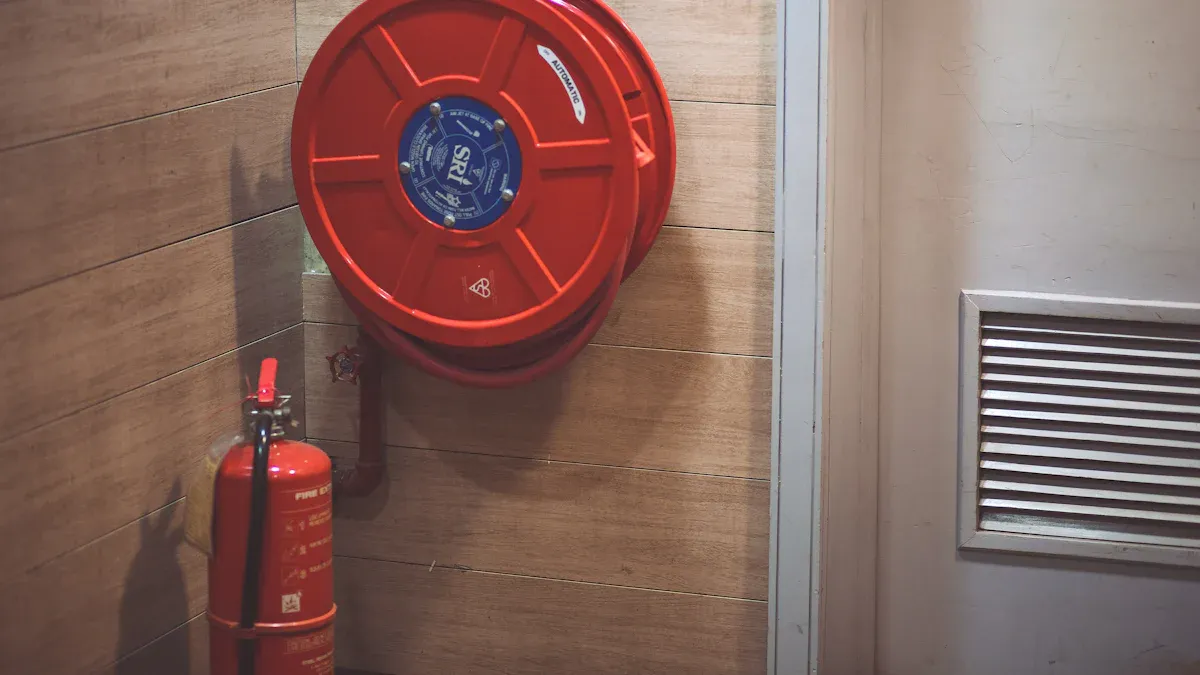
Making fire protection systems better in old Nigerian buildings is very important. It helps keep people safe from fire and other dangers. You should focus on fixing old equipment first. This makes sure your building is safe and follows new rules. Retrofitting means adding new technology to old buildings. This makes the building safer for everyone.
Upgrading Detection and Alarm Systems
You need a good plan before you upgrade fire protection systems. The steps help you get the best fire and smoke protection. Here is how upgrades usually happen:
Typical Duration | |
|---|---|
Initial Consultation & Site Assessment | Within 1 week |
Design and Planning | 2-4 weeks |
Permit Approval & Documentation | 3-6 weeks |
Installation | 4-12 weeks |
Pretesting & Final Inspection | 1-2 weeks |
Commissioning & Handover | Right after inspection with training |
You will do these things:
Look at your current fire and smoke protection systems.
Check if your building follows Nigerian rules like SONCAP and NFPA 72.
Plan upgrades based on how you use the building.
Work with fire safety engineers to design the right system.
Get the needed permits and approvals.
Put in the new system, but keep the old one working if needed.
Use smart devices for better smoke detection and fast alerts.
Test everything before you start using it.
Teach your staff how to use and care for the new system.
Set up help for repairs and more training later.
Modern systems like the TYEE Automatic Fire Alarm System use AI and IoT. They give early warnings and help stop false alarms. These systems help you find fires fast and warn everyone. You get better fire and smoke protection. This gives people more time to escape and keeps damage low.
Tip: Smart fire detection systems can save lives and money. They help stop false alarms and make repairs easier.
Emergency Lighting and Evacuation Solutions
If a fire starts, people need to see where to go. Emergency lights and signs show safe paths, even if the power goes out or there is smoke. Nigerian building codes say all buildings must have backup lights and clear escape signs.
Purpose and Application | Key Requirements for Nigerian Context | |
|---|---|---|
Escape Route Lighting | Shows people the way out | At least 10 lux; works for 30-90+ minutes |
Standby Lighting | Lights important places during blackouts | Backup power; time depends on building use |
Safety and Task Lighting | Lights up safety tools and work areas | Enough light for safety; turns on in less than 0.5 seconds |
You should check emergency lights every month and write down the results. The TYEE Emergency Lighting and Evacuation Indication System uses LED lights and smart controls. It keeps lights on for at least 90 minutes in an emergency. The system also changes to show the safest way out if there is fire or smoke.
Note: Good emergency lights and clear escape plans are very important for fire and life safety.
Integrating TYEE Fire Protection Systems
TYEE gives fire protection system upgrades for both old and new buildings. Their products work with what you already have. You do not need to change everything at once. TYEE systems follow Nigerian rules and use smart technology for better fire and smoke control.
Main features are:
Works with your current equipment for easy upgrades.
AI helps find fire and smoke early and stops false alarms.
Cloud checks give real-time alerts and let you check from far away.
Battery backup keeps alarms and lights working if the power goes out.
Works with sprinklers and pumps for full fire and smoke protection.
Training and help after setup to keep your system working well.
TYEE’s Home Fire Alarm Systems protect homes with strong batteries and smart smoke and carbon monoxide detection. For bigger buildings, the TYEE Automatic Fire Alarm System and Emergency Lighting and Evacuation Indication System cover everything. These upgrades help you follow fire and life safety rules, lower risks, and keep people and property safe.
Integrated fire protection systems warn you early, help people leave safely, and help control fire and smoke. You can feel safe knowing your building is ready for emergencies.
Remember: Upgrading with TYEE fire protection systems makes fire and smoke control better, keeps people safe, and helps your building follow the rules.
Best Practices for Sustainable Upgrades
Regular Maintenance and Inspections
You must keep fire safety systems working well. Checking them often helps you find problems early. In many Nigerian cities, electrical faults cause most fires. You should check all fire equipment once every year. This means alarms, extinguishers, and emergency lights. Keeping things tidy also helps stop fires. Always keep escape paths open and remove extra stuff. TYEE systems let you watch your equipment from far away. You get alerts right away if something is wrong. This makes it easier to fix problems and be ready for emergencies.
Fire safety equipment needs a check and care every year. This keeps it working and following safety rules.
Training and Emergency Planning
Training teaches people what to do if there is a fire. Many people in Nigeria do not know how to use fire fighting tools. You should have fire drills two times each year. These drills show people how to leave safely. Make a fire safety group and talk about fire risks often. Make sure everyone knows the escape plan. Practice using alarms and extinguishers together. TYEE gives training with their upgrades. This helps your team act fast and keep everyone safe.
Hold fire safety lessons for all workers and people living there.
Pick a safety group to lead fire and life safety work.
Do fire drills at different times to get ready for real fires.
Ongoing Compliance and Monitoring
You must follow Nigerian fire codes and keep good records. Update your fire risk check every year or after big changes. Write down all checks and training. Choose a safety officer to check rules and talk to officials. TYEE systems help you track everything with easy dashboards and quick alerts. Their team can help you learn new rules and keep your building safe.
Compliance Task | How Often | Who Should Do It |
|---|---|---|
Inspect fire equipment | Yearly | Safety officer |
Update risk assessment | Yearly or as needed | Building manager |
Conduct fire drills | Twice a year | Safety committee |
Review emergency plans | Annually | All staff/residents |
Keeping up with upgrades and checks helps your building stay safe and ready for any fire.
Making fire safety better in old Nigerian buildings keeps people and things safe for a long time. Research shows alarms, fire doors, and escape routes make buildings safer. These upgrades help you get ready for emergencies. Modern systems like TYEE’s intelligent fire solutions can help you pay less for insurance. They also make your building worth more because it is safer. First, do a safety check. Always keep exits open. Check your fire equipment often. Doing these things helps you follow the law and keeps everyone safe.
FAQ
What is the first step to upgrade fire safety in an old building?
You should start with a fire risk assessment. This helps you find dangers and weak spots. Experts can help you make a plan that fits your building.
How often should you check fire safety equipment?
You need to inspect fire alarms, extinguishers, and emergency lights every year. Write down each check. Regular inspections keep your building safe and help you follow Nigerian fire codes.
Why do you need emergency lighting in your building?
Emergency lighting shows safe paths during a fire or blackout. It helps people find exits quickly. Nigerian law says every building must have backup lights and clear escape signs.
Can TYEE fire protection systems work with old equipment?
Yes. TYEE systems can connect with your current fire safety tools. You do not need to replace everything at once. Upgrades make your building safer and help you follow the rules.
Who should lead fire safety training and drills?
A safety officer or committee should organize training and fire drills. You need to practice two times each year. Everyone learns how to escape and use fire safety equipment.

